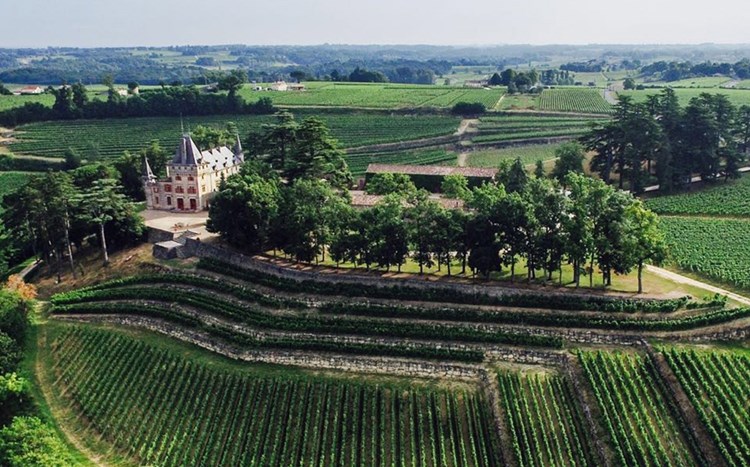
Which site would you like to visit?
By clicking the retail or wholesale site button and/or using rarewineco.com you are choosing to accept our use of cookies to provide you the best possible web experience.
“Complex, mesmerizing … the 2019 is seriously impressive. It's as simple as that. 95 rating.”
Antonio Galloni
“This is a great St Emilion which remains curiously under the radar. 94 rating.”
Chris Kissack, Wine Doctor
“Lovely smooth texture … great precision and mouth watering acidity … long finish. 94 rating.”
Georgina Hindle, Decanter

For centuries, Saint-Émilion’s limestone plateau has been the epicenter for nuance and elegance on Bordeaux’s right bank. In the words of Jane Anson, the limestone gives the wines made here the potential “to be the Musigny of Bordeaux.”
But consistently warmer growing seasons, combined with the trend towards bigger and bolder, have made classic expressions of this singular terroir increasingly rare.
But there are châteaux that continue to draw the best of the limestone plateau, balancing rich, complex fruit with riveting minerality. Some are famous, like Ausone; others are virtually unknown, like Ch. de Pressac.
In recent vintages, Antonio Galloni has championed de Pressac’s rich yet elegantly complex style, saying “it’s amazing it does not get more attention.” Another huge fan is the UK’s Chris Kissack, of thewinedoctor.com.
Both are on a mission to have de Pressac recognized as one of the great estates of the limestone plateau. And both gave de Pressac its highest ratings yet in 2019—just behind such plateau superstars as Angelus and La Gaffelière.
Steeped in History
With a prime location on the eastern edge of the Saint-Émilion plateau, it enjoys some of the most spectacular south-facing terraces in Bordeaux. The château itself is ancient; in 1453, the armistice ending the Hundred Years War was signed here!
The estate is also where the Malbec grape variety was introduced to the region in the mid-18th century. Even today, Malbec is sometimes referred to as “Pressac” in Saint-Émilion.
But the centuries took their toll on the property, and by the time Jean-François Quenin purchased the estate in 1997, it was in serious decline. It took replanting of three-quarters of the vineyard, with 71% Merlot—under the consultation of revered soil scientist Claude Bourguignon—to restore de Pressac to its former glory.
Rising from the Ashes
As you can see from the photograph above, de Pressac boasts one of the most spectacular terroirs in Bordeaux, at the cool Eastern end of the plateau. The site explains the remarkable balance of de Pressac's grand vin. While limestone delivers precision and minerality, the south-facing terraces deliver richness.
And the estate spares no expense in making the most of its fantastic fruit, which undergoes an impressive four sortings before a classic vinification lasting three to four weeks. It even includes a highly traditional basket-pressing! Two-thirds of the barrels are made by de Pressac’s own cooperage.
Looking forward, as the vines mature, we can expect de Pressac to continue to climb towards premier grand cru classé status within a few years.
New discoveries, rare bottles of extraordinary provenance, limited time offers delivered to your inbox weekly. Be the first to know.
Please Wait
Adding to Cart.
...Loading...


By clicking the retail or wholesale site button and/or using rarewineco.com you are choosing to accept our use of cookies to provide you the best possible web experience.

